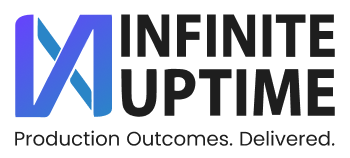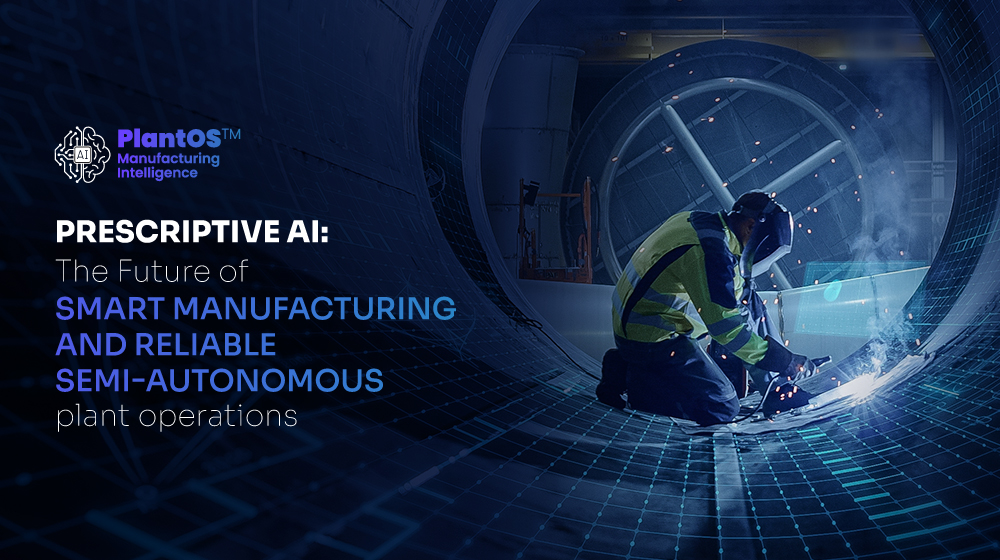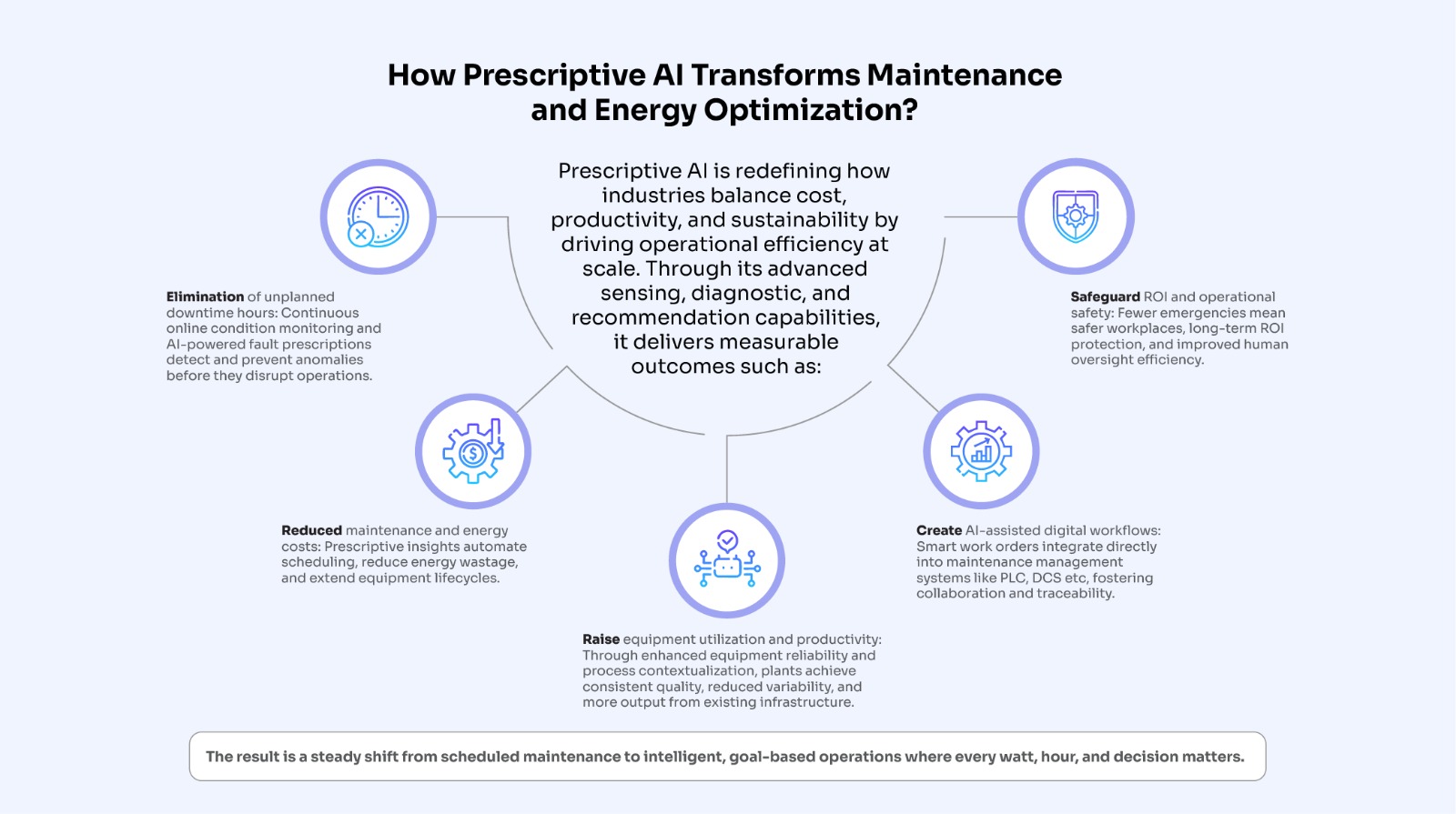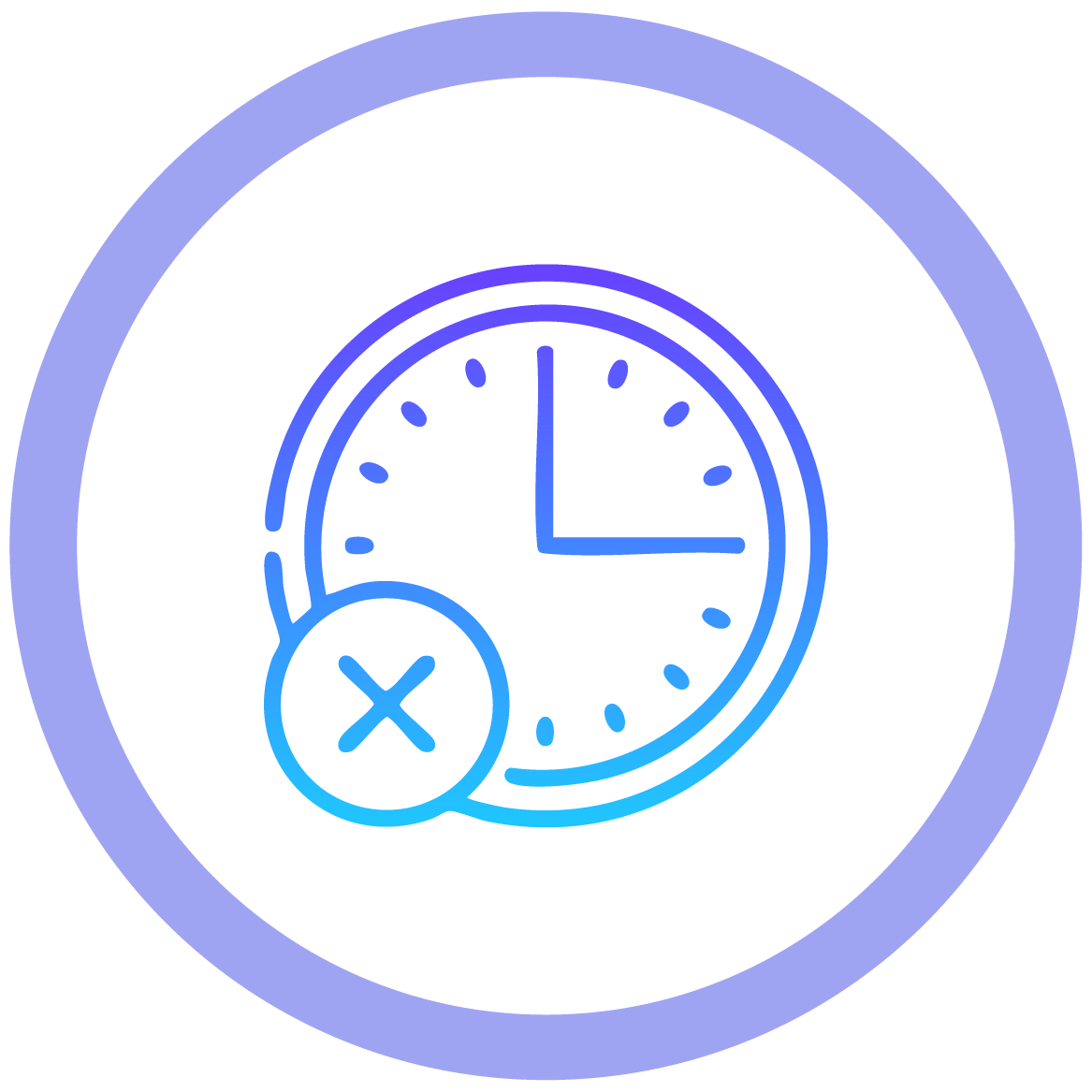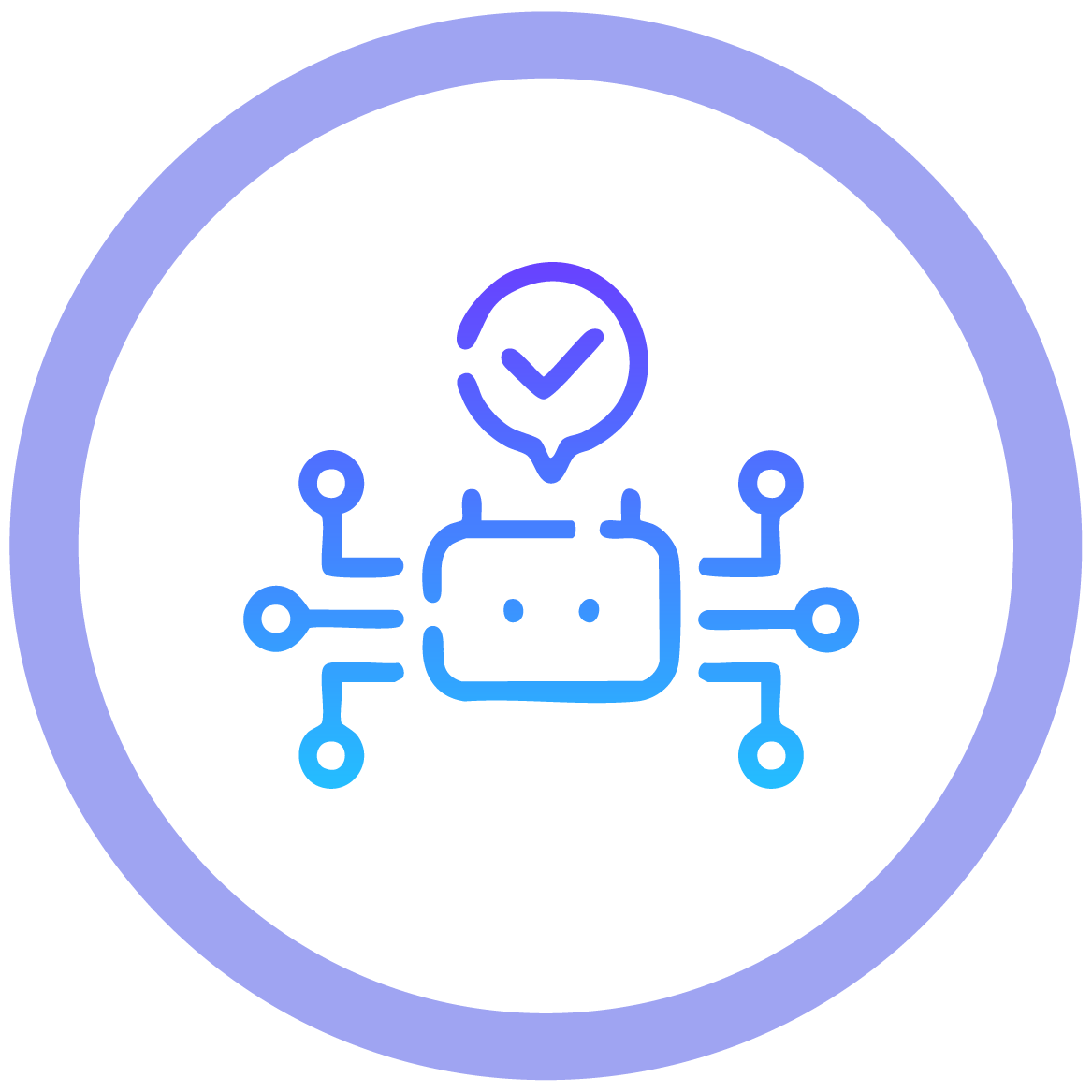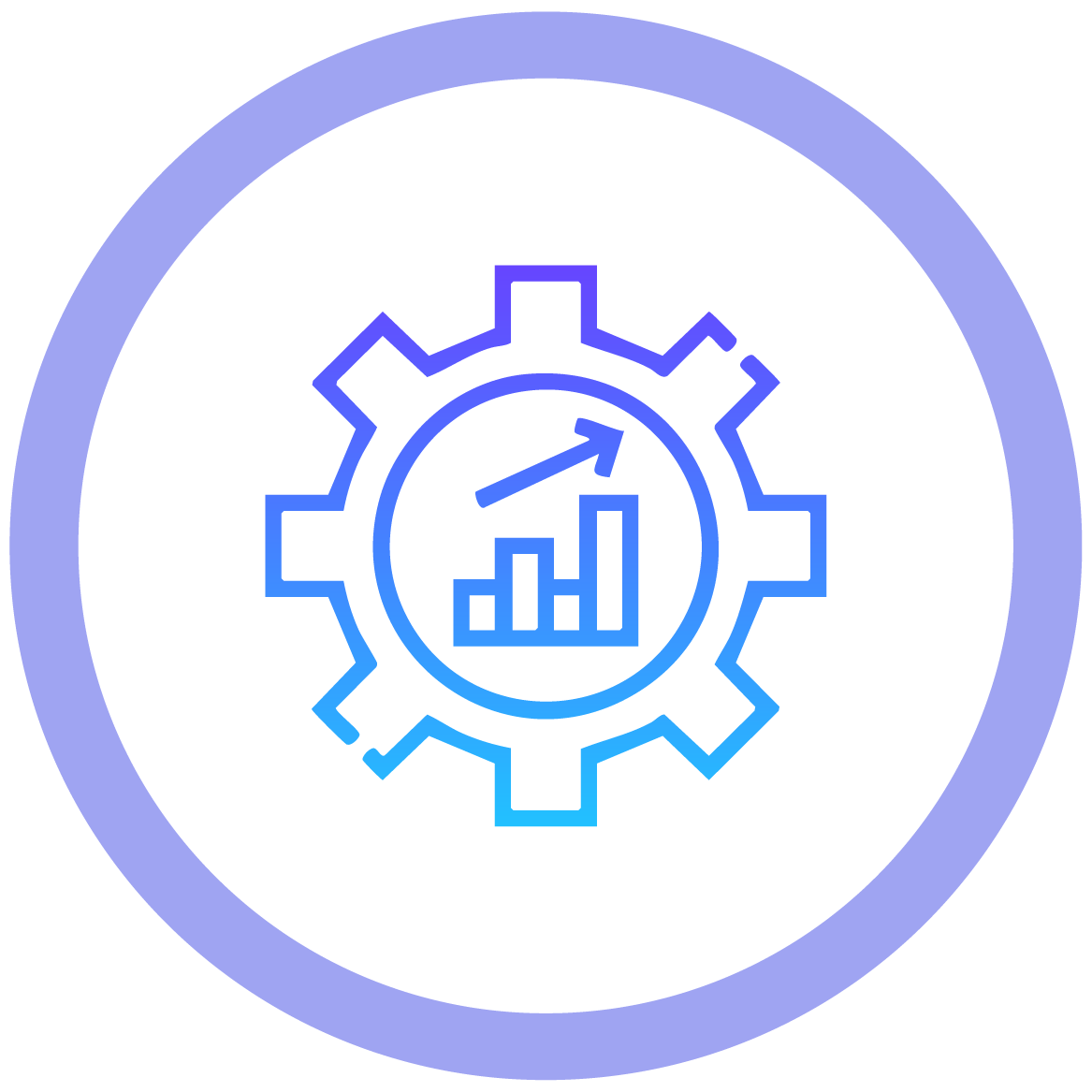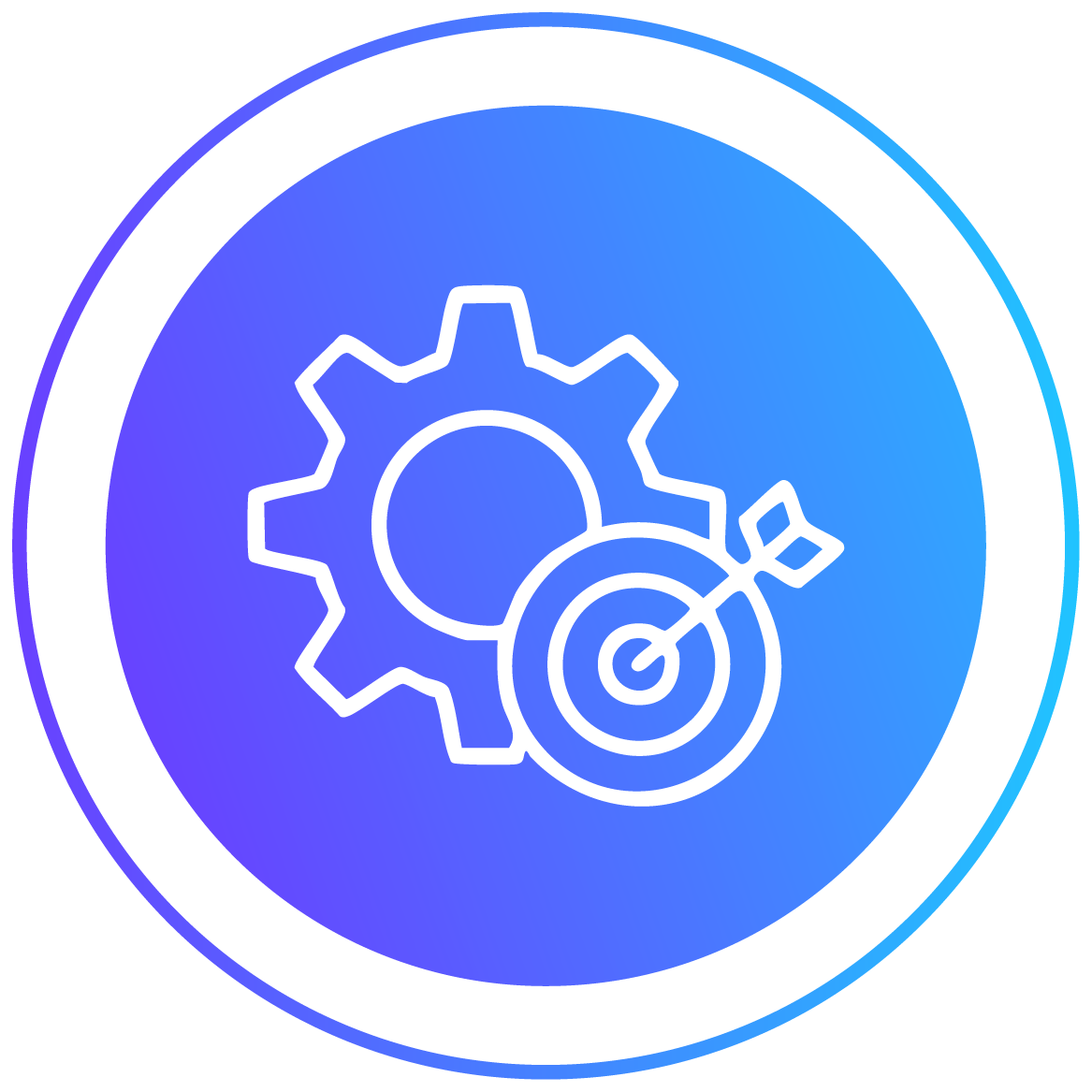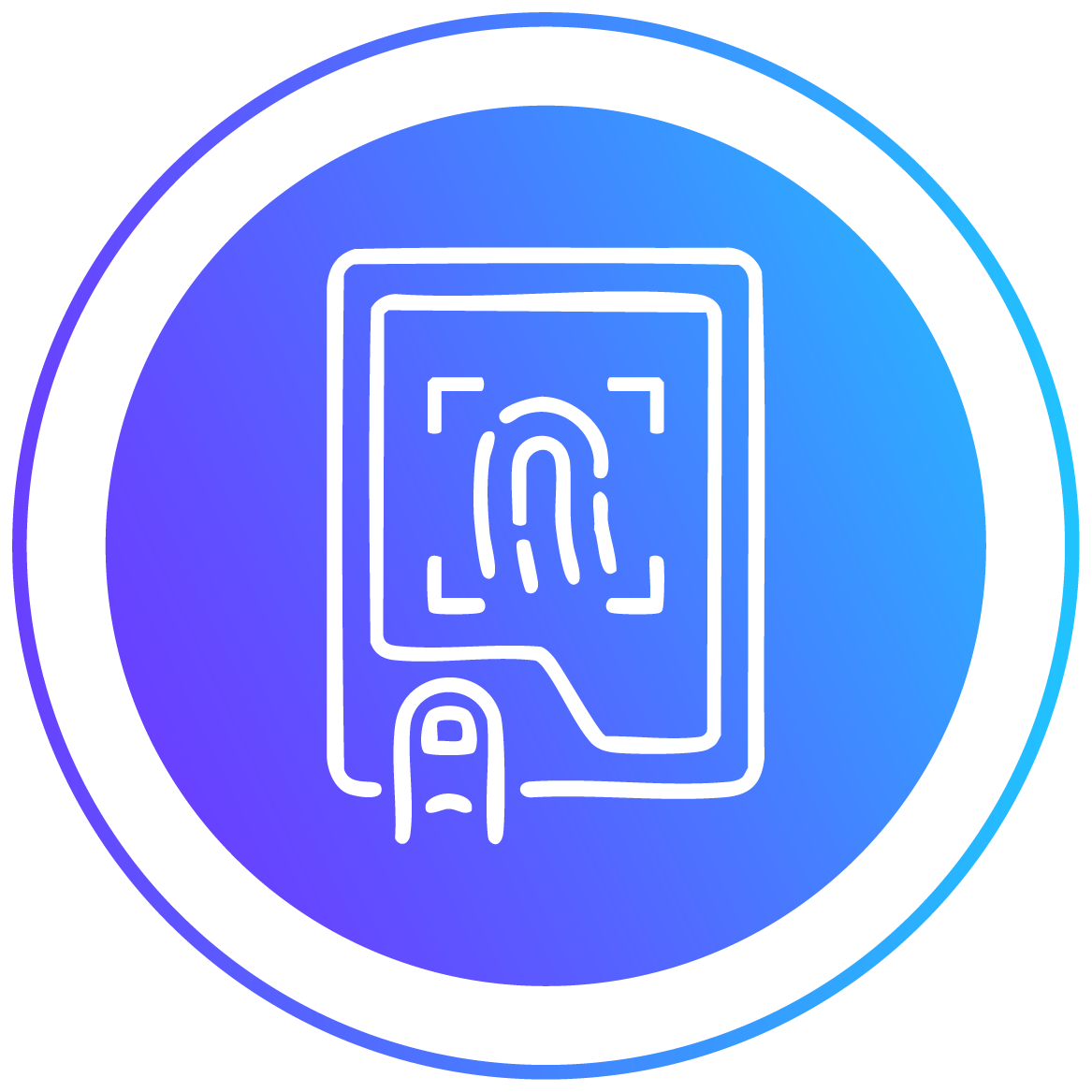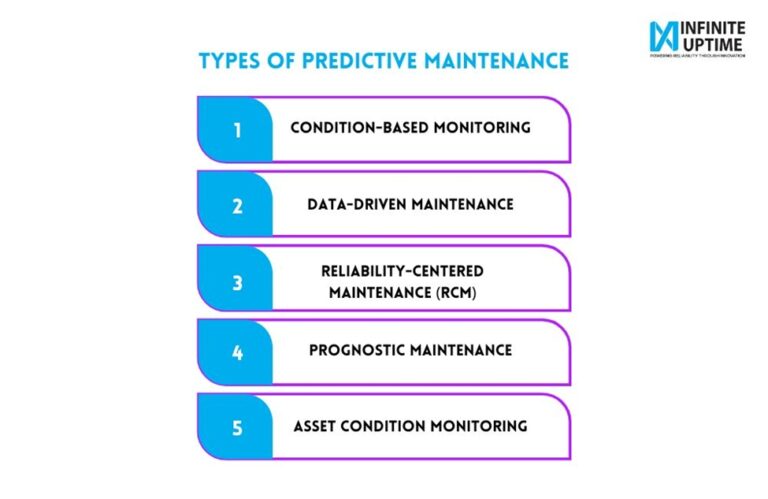Prescriptive Maintenance + Energy Efficiency: A Practical Path to Stable Industrial Operations
Read Time: 5–6 minutes | Author – Kalyan Meduri

This blog explains how Prescriptive Maintenance and Energy Efficiency, powered by Prescriptive AI and the 99% Trust Loop, help plants convert AI insights into trusted, operator-validated production outcomes.
Key Takeaways
03
The 99% Trust Loop ensures AI recommendations are trusted by operators, executed on the shop floor, and validated through outcomes.
Why Traditional AI and Monitoring Still Leave Plants Exposed
Clearing Up Key Terms
Prescriptive Maintenance
A financial metric that reflects a plant’s operating profitability. In manufacturing, downtime and energy inefficiency directly reduce EBITDA by increasing costs and reducing output.
Energy Efficiency / Energy Optimization
The disciplined practice of reducing energy consumed per unit of production by improving process stability, equipment performance, and operating practices—without reducing output, quality, or safety. In industrial plants, energy efficiency is often an early indicator of reliability and process health.
Prescriptive AI
An advanced form of AI that goes beyond prediction to recommend specific, actionable steps operators can take to prevent failures, reduce inefficiencies, and stabilize operations.
99% Trust Loop:
A closed-loop framework where AI-driven recommendations are trusted by operators, acted upon on the shop floor, and validated through real outcomes, ensuring consistent execution at scale.
Most industrial plants in the U.S. are not short on data. You already have vibration sensors, power meters, historians, and dashboards telling you what happened last shift or last week. Yet unplanned stoppages, rising power bills, and process instability still show up month after month.
What the 99% Trust Loop Means on the Shop Floor
- Recommendations are specific and practical, not theoretical
- Operators understand why an action is needed
- Actions are confirmed through real production results
Instead of asking teams to trust a black box, the loop builds confidence step by step until AI guidance becomes part of daily decision-making. That’s what allows Prescriptive AI to work during night shifts, weekend runs, and high-pressure production periods.
Why Energy Issues Appear Before Equipment Fails
Why Dashboards Alone Don’t Prevent Downtime
How Prescriptive Maintenance and Energy Efficiency Work Together
- Earlier detection of abnormal operating conditions, reducing surprise failures
- Lower energy consumption per unit produced, especially in energy-intensive assets
- Reduced process variability, leading to more consistent output and quality
- Fewer emergency interventions, replacing firefighting with planned work
What Success Looks Like for Each Role
Success is reflected in fewer unplanned disruptions and more predictable daily production. Plants that align Prescriptive Maintenance with Energy Efficiency typically see a 5–15% reduction in unplanned stoppages, smoother shift handovers, and tighter control over operating costs. Stable operations also make production planning more reliable, reducing last-minute schedule changes and lost output.
Success means lower and more stable energy intensity per unit produced. In energy-intensive plants, even a 1–2% improvement in energy efficiency can translate into millions in annual savings. Clear visibility into how energy behavior correlates with equipment health helps eliminate unexplained energy spikes and supports sustained efficiency improvements rather than short-term corrections.
Success is the shift from reactive firefighting to planned, early interventions. Plants using prescriptive approaches report 30–50% fewer emergency maintenance events, better workload prioritization, and more time spent on preventive and improvement activities. This not only reduces stress on teams but also extends asset life and improves overall reliability.
Proven Results in Live Industrial Plants
- 99% of recommended actions acted upon by operators
- Up to 40X return on operational improvement initiatives
- 115,704 hours of unplanned downtime avoided
- 28,551 operator-validated outcomes across assets and shifts
- Deployment across 844 industrial plants worldwide
Final Takeaway for U.S. Industrial Leaders
Yet most plants are not short on data. Sensors, dashboards, and analytics are already in place. The real challenge is turning that data into confident, timely decisions that teams can act on before problems escalate. This is where Infinite Uptime helps. Through its PlantOS™ platform, Infinite Uptime combines Prescriptive Maintenance and Energy Efficiency using Prescriptive AI and the 99% Trust Loop—ensuring recommendations are trusted by operators, executed on the shop floor, and validated through real outcomes. This enables plants to move from insight to execution, delivering more stable operations, lower energy intensity per unit, and consistent, operator-validated production performance.
The 99% Trust Loop
Close the Trust Loop in Your Plant.
Join 841 plants using PlantOS™ to achieve up to
40× ROI through prescriptive, validated outcomes.

